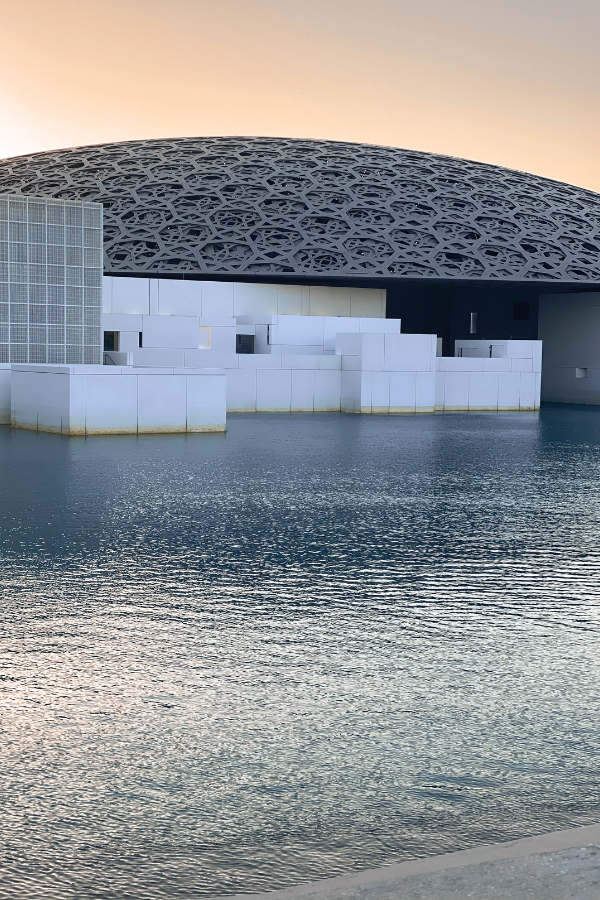
How to Manage Client Burnout During Years-Long Renovations
Summary
Years-long renovations test timelines—plus relationships, patience, and emotional resilience. Laura U Design Collective founder Laura Umansky shares her expert strategies for supporting clients (and yourself) through the emotional rollercoaster of extended home projects.
Reflection Questions
How do I currently prepare clients emotionally for the long arc of a major renovation?
What strategies could I adopt to better protect my own mental energy during draining project phases?
In what ways can I improve documentation and communication to strengthen trust and clarity with clients?
Journal Prompt
Think back to a renovation project that tested your emotional bandwidth or strained the client relationship. What signs of burnout did you notice (in yourself or others), and how did you respond? If you could revisit that project with the tools outlined by Laura Umansky, what would you do differently—and what would you keep the same?
Insights from Laura Umansky, CEO of Laura U Design Collective and Co-Founder of DesignDash
Long, complex renovations can test even the most enthusiastic, on-board clients. Between delays, disruptions, and the sheer length of this process (which is unique to each project), many homeowners hit a wall somewhere between demolition and final install. For Laura Umansky, CEO of Laura U Design Collective and co-founder of DesignDash, managing client energy and mindset can be just as important as handling procurement or working well with a builder.
Below, Laura shares how she and her team guide clients through the emotional valleys of multi-phase projects—and how you can build more empathy, structure, and stability into your process too.
Six Steps to Managing Client Burnout (and Yours) During Years-Long Renovations
#1 Create a Roadmap They Can See
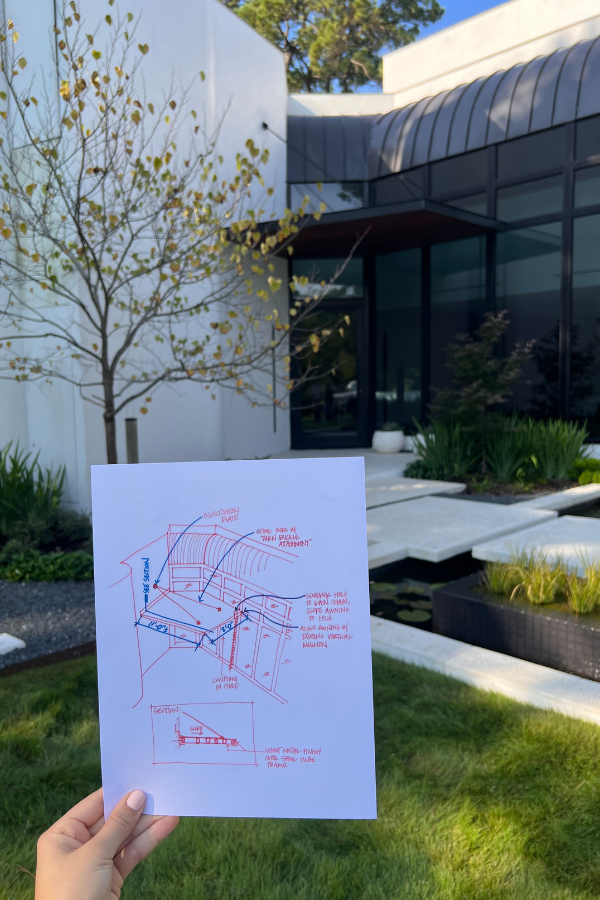
Every renovation follows its own rhythm, but Laura’s team uses a consistent tool to track and communicate progress, which they call their “visual roadmap.” It outlines each phase of design, with clear expectations tied to timelines.
“Every project is different,” Laura explains, “but our roadmap is linear—it shows where we started, where we are, and where we’re going.”
This helps with project management, of course, but it’s also reassuring your client. When clients can see what’s ahead and how far they’ve come, they’re less likely to spiral when progress feels slow. You need to emotionally anchor them.
#2 Recognize the Emotional Arc
Laura describes a familiar pattern in major renovations: that wave of excitement at the beginning, a plateau, and then a descent into what she calls “the valley of despair.”
“They’ve spent a ton of money, but they haven’t seen any results yet. That’s when you need to really reassure them—show them what’s already been accomplished, where they are in the process, and what’s coming next.”
This phase is tough but temporary. Reminding clients why they started and what they’re going to achieve on the other side can reframe their frustration as much-needed progress. It also helps them emotionally re-engage with the vision.
#3 Set Expectations Around Living On-Site
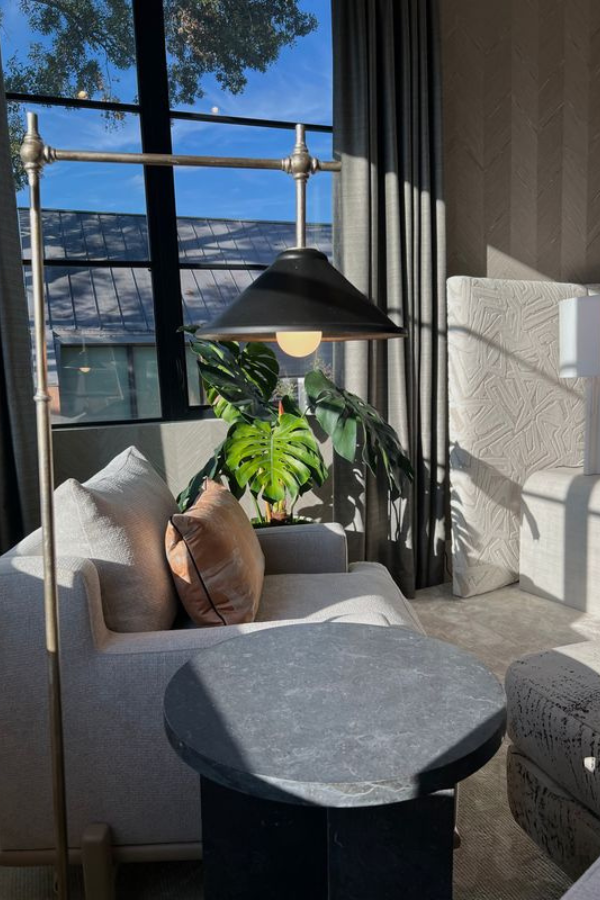
Some clients choose to stay in their homes during renovations, but Laura rarely recommends it. She tries to avoid living on-site when renovating or building her own homes as well.
“Even if everything is going perfectly on time, it feels like it’s dragging when you’re living through it,” she says. “It’s been done, but it’s really, really tough.”
If a client insists, prepare them for the challenges. Dust, noise, decisions made under stress…these can all strain the experience. Helping them make an informed choice early on prevents resentment from breeding later.
Fuel your creative fire & be a part of a supportive community that values how you love to live.
subscribe to our newsletter
*please check your Spam folder for the latest DesignDash Magazine issue immediately after subscription

#4 Know When You Need Space Too
Renovations do wear on certain clients (especially those who live on-site, not so much those who are remodeling a second home), but they also wear on designers, procurement agents, and everyone else within your firm who contributes. Laura openly shares that there are stages of construction she personally avoids to protect her mental energy and clarity around the project.
“There are phases where I won’t even go to the site,” she admits. “Things have been torn apart and haven’t come back together. I ask my builder when I should come back because it’s just psychologically hard.”
We hope this reminds you that designers are also allowed to prioritize their well-being—particularly in emotionally intense projects. Of course, your physical safety matters, too. During certain phases, site visits might not even be possible for your team and that’s fine!
#5 Understand the Relationship Dynamic
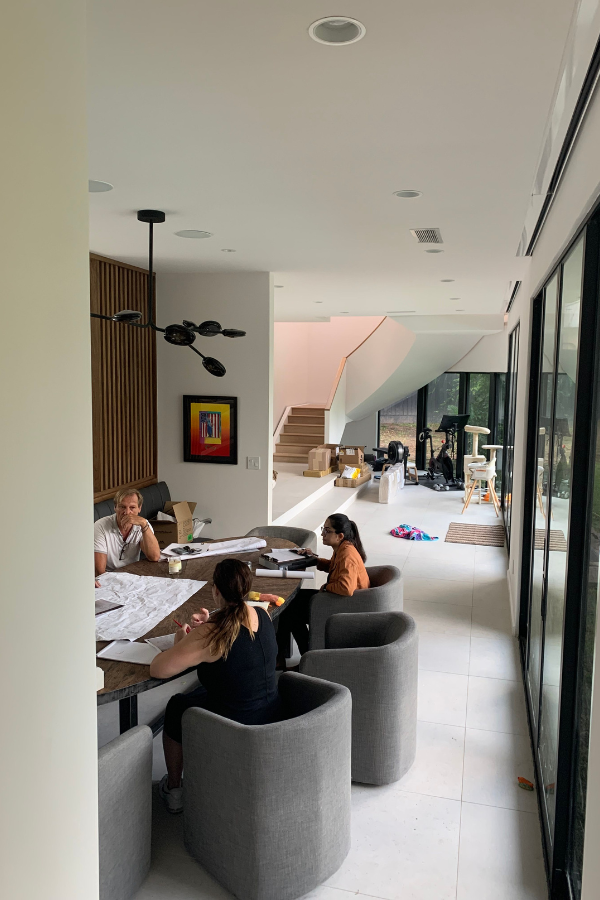
Some clients are singular; they are the one and only decision maker. However, many renovations have two or more people at the helm. The couple or family dynamic matters—more than you might expect. Laura’s team takes time at the very beginning to assess how decisions will be made.
“Is it both? Do we need consensus? Is one deferring to the other?” she says. “We try to avoid making all the decisions with one person, only to have the other come in at the end and second guess everything.”
Establishing how (and with whom) communication will happen can reduce that uncomfortable friction later. Some couples want one point person. Others want everyone cc’d. Laura’s preference is transparency: looping everyone in when possible.
#6 Keep the Lines Open—But Document Everything
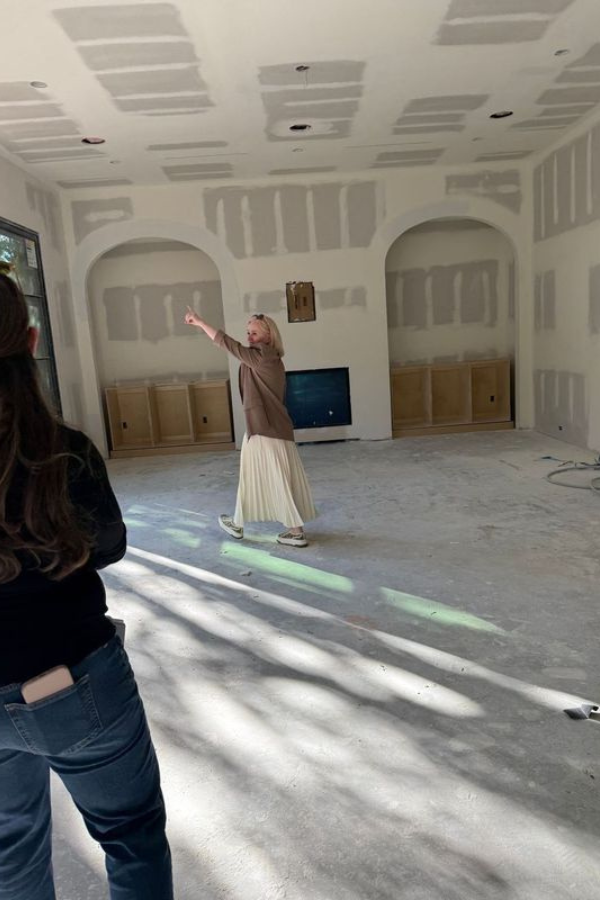
Communication methods vary, but clarity is always the goal. Laura allows clients to text her directly and uses Dialpad to keep the team organized; each designer in the firm has her own direct text line.
“I don’t protect my time as well as some people on the team,” she laughs, “but if we have a call or site meeting, we follow up with a recap in writing.”
Those written recaps can be protective and keep people involved in the project accountable (whether vendors, designers, or the clients themselves), but they also aid in shared understanding. Clients are often juggling ten things at once, so that email summary helps confirm which decisions were made and ensures everyone’s still aligned.
Final Thoughts
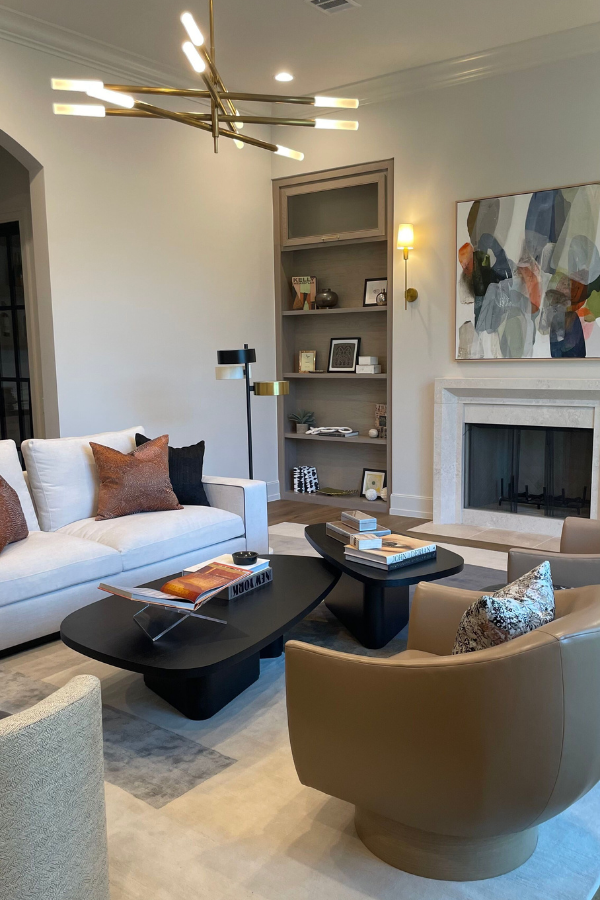
Managing a multi-year renovation involves a lot of people-managing. It takes emotional intelligence, flexibility, and clear boundaries. From building roadmaps you can easily reference to honoring the stress clients feel during long builds, Laura’s approach is grounded in empathy, communication, and self-compassion.
Join the DesignDash Community for more candid conversations like this one!





